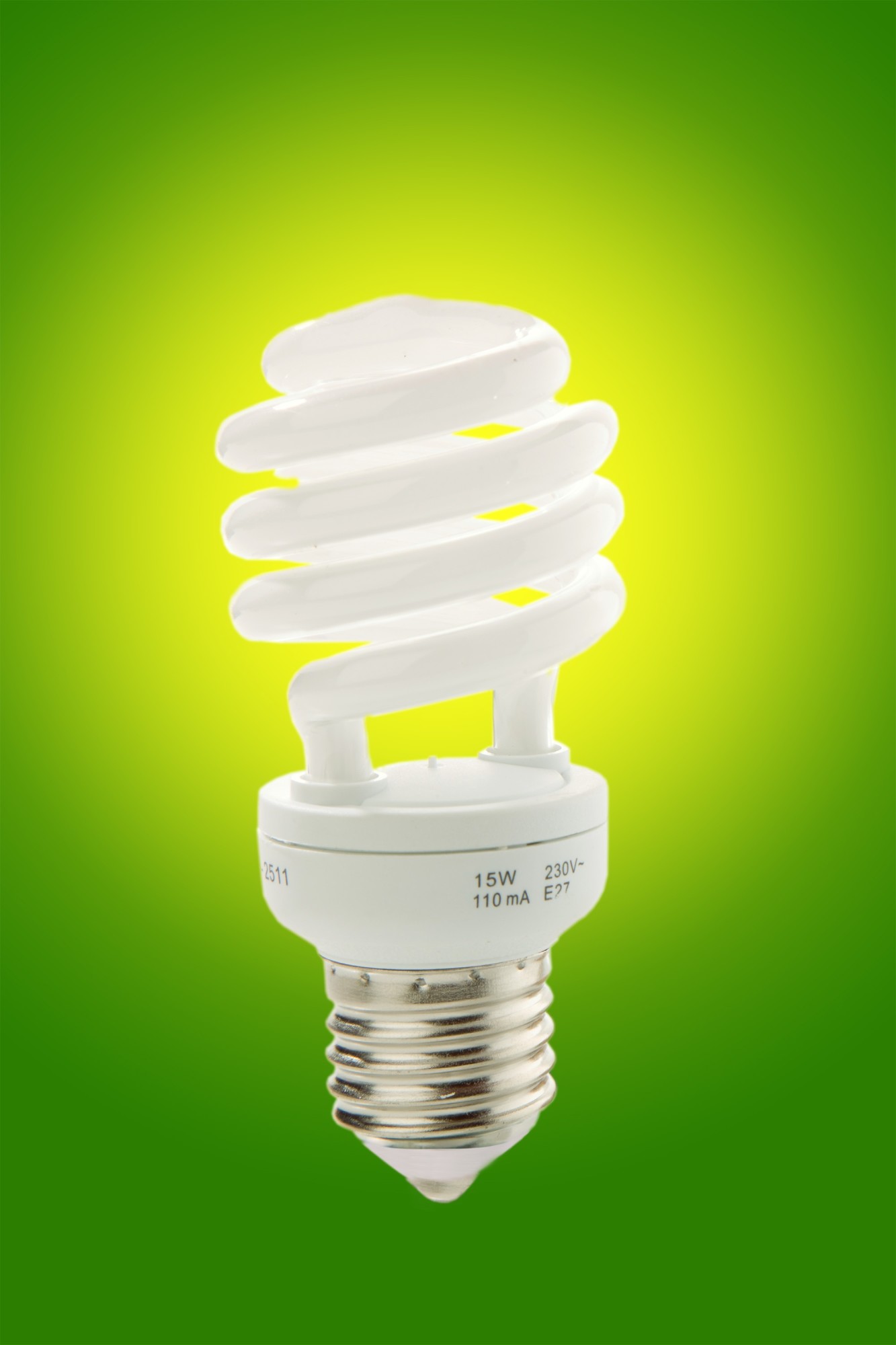发明者:Ralph Daniel eymond
当前美国分类:313/54;310/303;310/304;313/146;313/148
Patent number: 2926268
提交日期:1954年12月29日
发行日期:1960年2月23日
电子放电管装置技术领域本发明涉及电子放电管装置,更具体地涉及一种具有包含内部电源的多元件管。
Heretofore a triode type of tube, for example, has consisted, in its basic form, of a heater filament, emitter cathode, control grid and collector plate, the cathode, gride and plate or anode making up the base elements. In an infinite variety of circuits such tubes have been connected to external power supplies to derive their source of energy for heating the filament and thereby drive the cathode. In some tubes the cathode has been heated directly instead of indirectly. In their various environments such tubes have been very successful, yet they have had the shortcoming of having to have associated with them an expensive and heavy power supply. Furthermore, they have been of relatively short life.
This invention overcomes the disadvantages inherent in these prior externally powered tubes. Indeed, it is an object of this invention to provide a tube in which the power source is an integral element of the tube itself.
本发明的另一个目的是提供一种管,其中通过提供带电颗粒发射的放射源代替电子电源的管。
Still another object of this invention is to provide a tube in which little or no heat is developed.
In general the objects of this invention are accomplished by substituting a radioactive source of charged particle emission, and an associated secondary electron emitting material, for the filament and cathode of a multielement tube. The electrons driven off from the secondary emitting element, when radiation particles strike the emitting element, will flow toward a collector plate or anode. Intermediate the plate and emitter is the necessary control grid and/or suppression grid or grids.
The above and other objects of the claimed invention will become clear through a study of the description when read in conjunction with the accompanying drawings. Throughout the description and drawings like parts are represented by like numerals.
Fig. 1 is a sectional side view of a preferred embodiment of the tube made in accordance with the invention, and
图。图2是根据本发明的教导制造的管的另一优选实施例的截面侧视图。
Referring now to Fig. 1, a source 1 of radioactive radiation designated by arrows 2 is positioned close to a semiconducting material 3. On the side of the semi-conducting material away from the radioactive hard particles radiation source is positioned a grid 4, and beyond the grid from the semi-conducting material is positioned a plate 5.
上述元件封闭在密封管6内。引线7和8延伸穿过管包络,使得可以通过栅格4和板5制成有效利用。在半导体3周围定位集电体3。具有外部引线10。
To effectively position the radioactive source of charged particles emission with respect to the semi-conductor the 5 source may be held by an insulating rod 11 having a section extending through the envelope. A vacuum type seal shown schematically at 14 may be used so that suitable adjustment of the axial position of the radioactive source of emission may be made without affecting the.
10个气态的管。可能使用的密封件的一个例子和描述于1947年2月25日的Hotine专利No.2,416,318中。然而,旨在限制的骚乱,因为很明显,可以设计许多方式以定位源。
In the operation of the tube, a radioactive source1 of atomic material, such as strontium 90, a waste material of the atomic fission of uranium emits hard radiation rays 2 which are primarily high energy beta particles.-These are directed by the proper shaping of the source to a semi-conductive wafer 3 which is in close proximity to the radiation source. Possible semi-conductive materials are silicon, lead sulfite, selenium and other similar materials. The semi-conducting material serves as the source of”:emitted electrons shown as arrows 13. The initial linear velocity of the high energy particles emitted by the radioactive source is used to knock electrons out of the secondary emitting wafer, and the electrons move as a stream out of the wafer toward the collector plate; Multiple secondary emission within the secondary emitter takes place and increases the density of the stream. Since silicon has electrons whose bonds are not so great as those of the other materials, it would seem to be a preferred material to use.
As the high energy radiation particle 2 strikes and passes through the silicon, it drives off an estimated 200,000 electrons 13. Since the strontium 90 emits , several billion particles per second a great number of. electrons are driven from the semi-conductor or wafer 3. The output from this source is in the nature of one-millionth watt. The electrons which are driven from the wafer 3 are directed through the control grid which is connected to a modulating source of signals to a plate where they may be received and utilized as a rectified, amplified, or oscillating signal. This wafer 3 may serve as a lens to guide the electrons to the plate and to’this end may be suitably shaped.
由于电子连续地从晶片驱动,因此它将被带正电,因此可用于通过连接12偏振板,其可以在所述晶片的边缘上制造。为了消除来自辅助源3的任何寄生电流,提供收集器9,其将拾取任何杂散的电子并通过引线10进行接地。
Referring now to Fig. 2 the radioactive radiation source 1′ is positioned at the center of a spherical arrangement of parts. These include the emitter materials 3′ which is in close proximity to the source. Surrounding the emitter 3′ as a concentric sphere is the grid 4′ and lying still further from the source is the collector plate 5′ as a concentric sphere.
All of these elements, excluding the source which may or may not be, are maintained in spaced relationship with one another within a sealed envelope 6′ which is also spherical in shape.
为了提供对放射性辐射源的通道,其通过绝缘杆11'朝向和远离球形元件的几何中心移动,设置圆锥形部分,其在组件中形成腔体中的腔插入。
Within the sealed envelope but about the conical cutout cavity is positioned a truncated conical element …download full version with images









